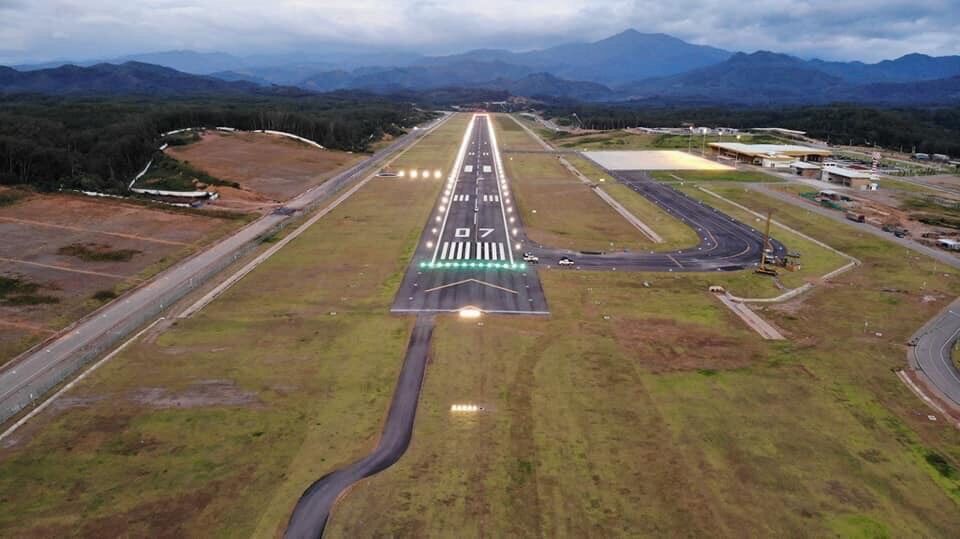Ezy Airlines announced plans to take flight on the currently unserviced Hat Yai-Betong route by late next year, experiencing a slight delay from its original schedule.
Chatchavee Sakornvisai, senior director of business development and international liaison, confirmed Ezy Airlines’ intention to establish Hat Yai Airport as its operational hub, with aspirations to start flights to Betong by the third quarter of 2025. The airline will deploy a 12-seat propeller-driven aircraft for this route, as outlined by the Public Relations Department.
This new air service is anticipated to dramatically slash travel time between Betong district in Yala and Hat Yai district in Songkhla. Presently, the journey consumes approximately four hours by road, yet with wings involved, it is set to be trimmed down to around 40 minutes, granting passengers a smoother journey.
Betong Airport has been without regular flights since Nok Air ceased operations there in 2022, citing low demand and high operating costs as the main reasons for the route’s unprofitability.
Ezy Airlines’ decision to delay the launch of flights until late next year underscores the challenges faced by operators in servicing the Betong route. The airline had previously indicated in February that Betong was one of four airports it was prepared to service from Hat Yai this year.
Built to accommodate small planes and handle up to 876,000 passengers annually, Betong Airport was inaugurated in 2022 with significant fanfare by then-Prime Minister Prayut Chan-o-cha. Despite its grand opening, the airport has since struggled to maintain regular air services.
Prime Minister Srettha Thavisin visited Betong in February, during which Ezy Airlines committed to initiating flights to link Betong with the southern commercial hub of Hat Yai, said Chatchavee.
“The air service would cut travel time between Betong district in Yala and Hat Yai district in Songkhla from about four hours by road to about 40 minutes by plane.”
Ezy Airlines’ delay in launching flights to Betong highlights persistent difficulties in maintaining air routes to the region, reflecting broader challenges within the aviation sector in servicing less profitable routes.

